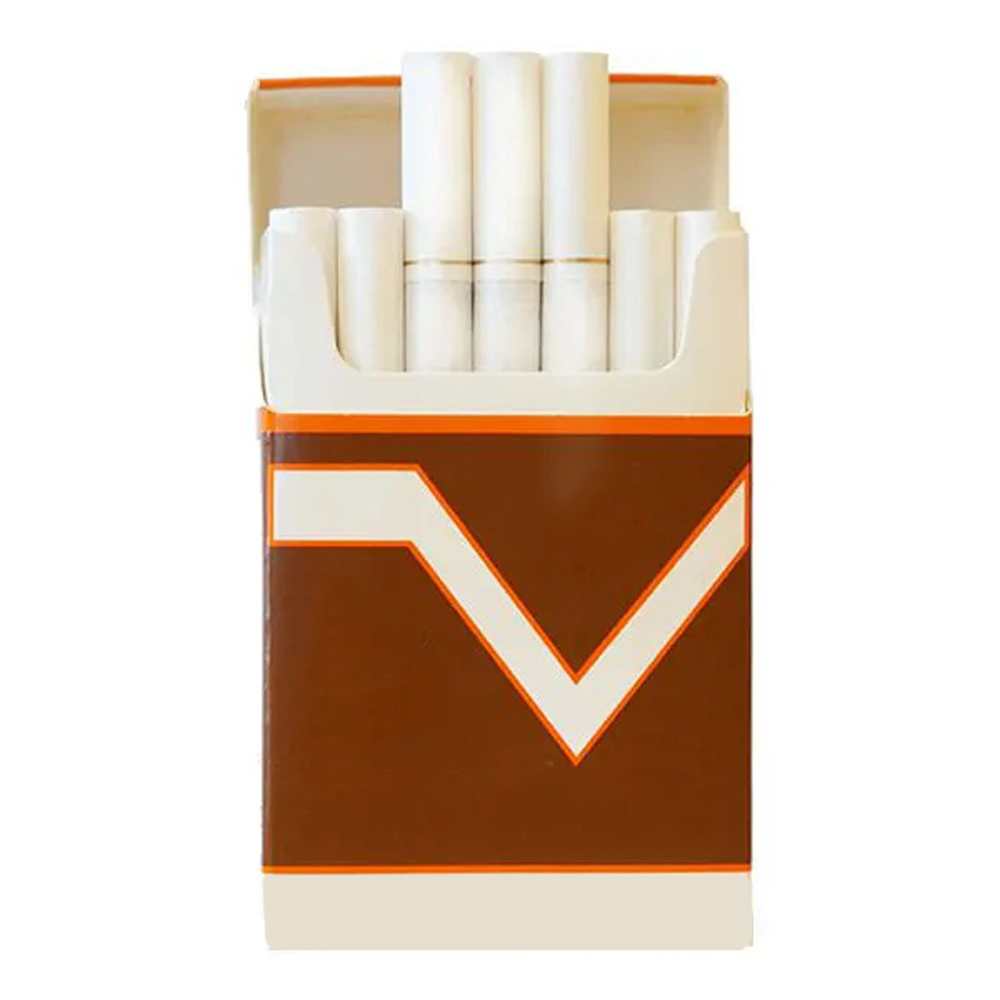Reverse smoking is a peculiar form of smoking in which the smoker puts the lit end of the cigarette into the mouth and then inhales the smoke. There may be many predisposing factors that influence an individual to cultivate this habit, of which psychosocial habits could be the predominating factor. Hence, the present study was undertaken to evaluate the psychosocial factors that influence an individual to undertake this peculiar habit of reverse smoking.
Materials and Methods:
A total of 128 habitual reverse smokers were included in the study, out of which 121 were females and 7 were males. A pretested open-ended questionnaire was used for data collection. Data was collected by direct interview method. Snowball sampling technique was employed in collecting the information regarding regular reverse smokers. Interviews were continued until new information did not provide further insights into the categories. The people who could not understand verbal commands and questions and who did not give an informed consent were excluded from the study. Statistical analysis was done using MS Office Excel using Chi-square test of Goodness of fit.
In contrast to the conventional smokers, various new reasons were identified for starting reverse smoking, of which the most important was that they had learned this habit from their mothers. This was followed by other reasons such as peer pressure, friendship, and cold climatic conditions.
Conclusion:
This study provided an insight into the various factors that could influence an individual to take up this peculiar habit of reverse smoking.
In India, tobacco is smoked and chewed in a wide variety of forms. Of the various forms of tobacco usage, reverse smoking is a peculiar form of smoking in which the smoker puts the lit end of a chutta into his/her mouth during smoking and then inhales the smoke from the lit end. A chutta is a coarsely prepared cheroot varying in length from 5 to 9 cm which could be either hand rolled or factory produced [Figure 1].[1] Typically, the reverse smoker smokes up to two chuttas a day because in this form of smoking a chutta lasts longer. The highest intraoral temperatures of the chutta can reach up to 760°C, and the intraoral air can be heated to 120°C.[2] Air is supplied to the zone of combustion through the non-heated extreme of the cigarette, at the same time, the smoke is being expelled from the mouth and ashes are thrown out or swallowed. The lips keep the chutta wet, which increases its time of consumption from 2 to 18 minutes. In a survey, an estimated population of approximately 43.8% out of 10396 villagers was found to be reverse smokers with the female-to-male ratio being 1.7:1.[3] The habit of reverse smoking is a specific and peculiar custom in groups with low economical resources. Moreover, it presents itself in warm or tropical zones, with higher frequency in women, especially after the third decade of life. The habit of reverse smoking is known to be practiced by people in America (the Caribbean area, Columbia, Panama, Venezuela), Asia (South India), and Europe (Sardinia).[4] In Seemandhra Pradesh, it is prevalent in the coastal areas of Godavari, Visakhapatnam, Vizianagaram, and Srikakulam districts. This survey was conducted to study the psychosocial factors that could influence reverse chutta smoking, which is widespread in the eastern coastal districts of Andhra Pradesh, India, particularly Vishakhapatnam and Srikakulum.
The current study is a qualitative research which was conducted to investigate the psychological and social factors related to reverse smoking. The information regarding the social and psychological factors related to reverse smoking was collected using a structured interview. This study included only reverse smokers from Appughar and Pedhajalaripeta areas of Visakhapatnam district of Andhra Pradesh. Ethical committee approval was obtained from the ethical committee of GITAM Dental College and Hospital. A pretested open-ended questionnaire was used for data collection. A questionnaire was prepared by the senior faculty in the department of Oral Medicine and Radiology, and a pilot study was carried out to check the validity of the questionnaire. The entire questionnaire was prepared in local language and was given to the reverse smokers who were asked to fill it. For the people who were illiterate, questions were asked verbally and their answers were recorded. Because most of the reverse smokers were fisherman and illiterates, we took assistance of the local village heads or a local person who was well-known to them; in spite of this, difficulty was faced in persuading women who practice this habit hiding from their husbands and society. Samples were collected using snowball sampling technique, and the estimation of sample size was calculated based on the prevalence of 43.8%,[2] with an allowable error of 20% of P which was 128. In a span of 1 month, a one-on-one interaction with approximately 128 natives of Visakhapatnam district was carried out, of which 121 were females and 7 were males. Data was collected by the direct interview method. A prior informed consent was obtained by all the participants to participate in the study. Interviews were continued until new information did not provide further insights into the categories. The people who could not understand the verbal commands and questions and who did not provide an informed consent were excluded from the study. The data collected was assessed and subjected to statistical analysis.
Post time: Nov-30-2024





